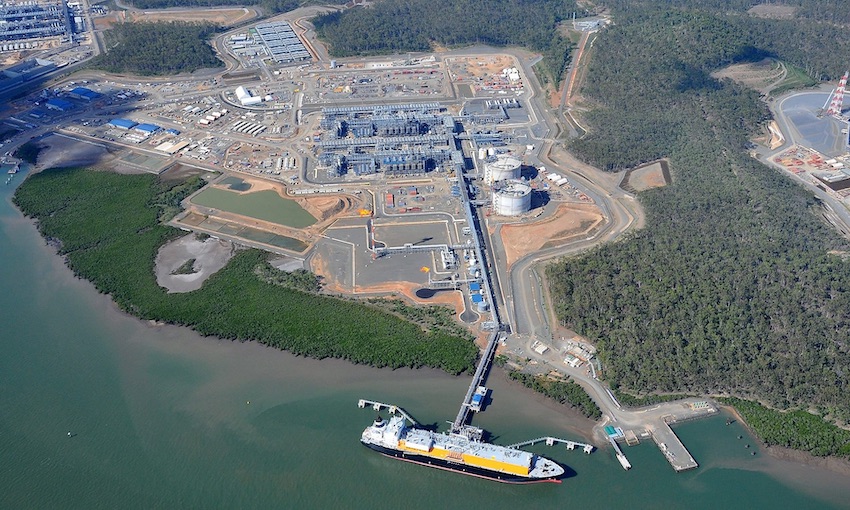ANALYSTS at research firm Wood Mackenzie say Australia is facing problems with its gas industry. The company’ s recent release examines questions such as how significant eastern Australia’s gas shortfall be? How will it be filled? And what it means for Queensland’s LNG exporters?
Wood Mackenzie says a combination of rising seasonal demand and maturing supply sources means that without significant new reserves coming onstream by the mid-2020s, the eastern and southern states of Queensland, New South Wales, Victoria and South Australia will be short of gas.
Further complicating matters, the domestic market is now in direct competition with the three Queensland LNG export projects, APLNG, QCLNG and GLNG, for east coast gas. With proposals for six regas projects put forward in recent years, the door is now opening for LNG imports in just a few years’ time.
But the domestic gas demand outlook is increasingly being cooled by expectations of far stronger growth in renewable generation, while the prospects of gas supply availability into the east coast is now improving.
Dan Toleman from Wood Mackenzie’s APAC gas and LNG team said, “The east coast supply-demand balance remains precarious, with brutal spending cuts of 2020 stalling the development of a significant chunk of much needed new supply.
“And declining production in the southern states inevitably makes Queensland supply even more critical, just as LNG export prices recover. Though now expected not to be as wide as anticipated just two years ago, a supply-demand gap is emerging and will continue to create opportunities for new domestic supply, LNG exporters and importers.”
Looking at the Australian Energy Market Operator’s most recent forecasts out to 2039, the most significant change to the demand outlook comes from AEMO’s downward revision to gas demand in the power sector, driven primarily by stronger growth in renewables. AEMO also is more positive on the build-out of new transmission infrastructure to support renewables, as well as future investment in power system stability to support growth in wind and solar.
“With a more modest shortfall in the domestic market, we forecast a requirement for two LNG import terminals in the medium-term,” Mr Toleman said.
“LNG imports remain critical to balancing the market in the southern states, supporting the expected commissioning of an import terminal in 2023.
“The front runners are the Port Kembla FSRU in New South Wales and the Crib Point FSRU in Victoria,” he said.
Implications for Queensland’s LNG exporters
Australia’s LNG exports will increase off the back of new domestic supply. Meanwhile, LNG imports will not hit full capacity until the late-2020s, with the export projects the biggest beneficiaries of softer demand and increased supply, with exports potentially increasing above contracted levels between 2023-27. APLNG remains in the strongest position to meet nameplate capacity, while QCLNG has been strengthened by the Arrow FID.
By around 2030 however, export volumes begin to decline to below contract levels as more feedgas is required by the domestic market and supply declines.
“Unless additional feedgas can be monetised, Queensland’s LNG exporters will need to source alternative LNG to make up for the shortfall in their contracted volumes. Australia’s gas conundrum looks set to rumble on,” Mr Toleman said.

